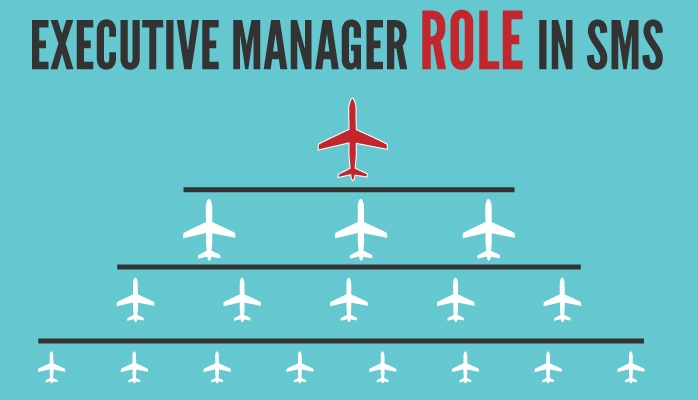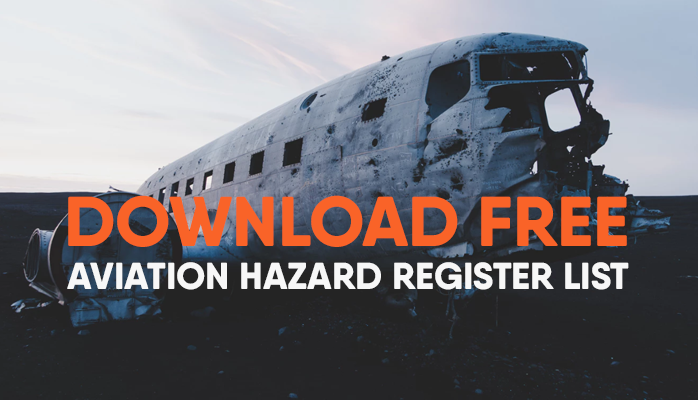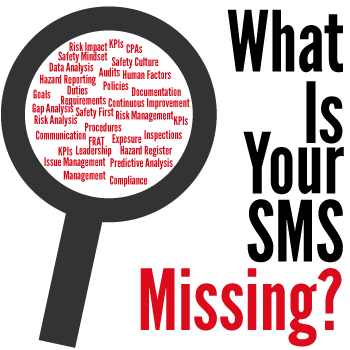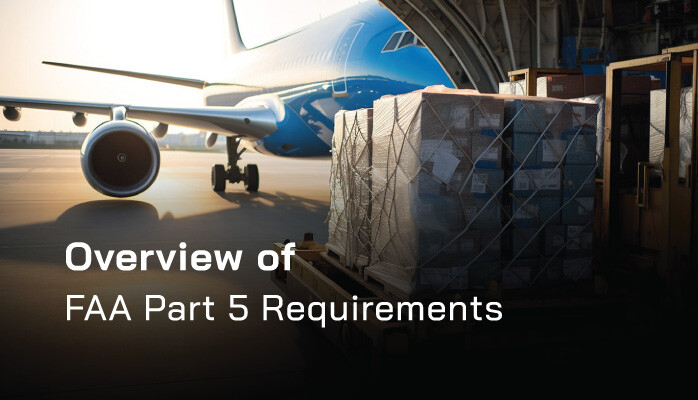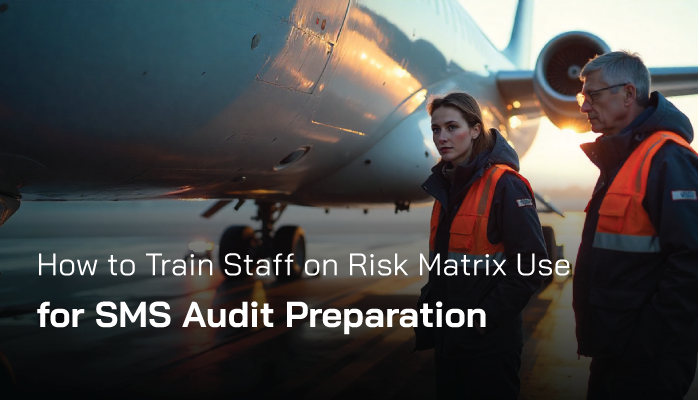For new aviation safety managers, preparing for Safety Management System (SMS) audits can feel overwhelming, especially when it comes to coaching accountable executives. These senior leaders, often focused on operational and financial priorities, may not be familiar with the intricacies of SMS or their critical role in ensuring compliance. Yet, their understanding of regulatory frameworks like ICAO Annex 19, FAA SMS guidelines, and EASA SMS requirements is essential for fostering a robust safety culture and passing audits.
Read More
Topics:
4-Safety Promotion,
3-Safety Assurance,
1-Safety Policy,
Risk Management Training,
FAA Compliance,
Safety Culture
For new aviation safety managers, preparing for a Safety Management System (SMS) audit can feel like navigating uncharted skies. A critical challenge is ensuring that accountable executives—senior leaders like CEOs, directors, or operations managers—understand and fulfill their SMS responsibilities.
These executives are pivotal in demonstrating compliance to regulators like the FAA, EASA, or ICAO, yet many lack the time or technical background to dive into the aviation SMS details.
Read More
Topics:
Aviation SMS Implementation,
4-Safety Promotion,
3-Safety Assurance,
1-Safety Policy,
2-Safety Risk Management,
FAA Compliance,
Safety Culture
A robust Safety Management System (SMS) is essential for managing risks and preventing incidents. For aviation safety managers and accountable executives—senior leaders responsible for SMS oversight—fostering a strong safety culture is a critical goal.
A Hazard Risk Register, a centralized tool for documenting and managing hazards, plays a pivotal role in achieving this by encouraging proactive hazard reporting, boosting staff engagement, and reinforcing a safety-first mindset.
Read More
Topics:
4-Safety Promotion,
2-Safety Risk Management,
Risk Management Training,
Safety Culture
Proactive Safety Cultures in Aviation
A proactive aviation safety culture ensures that risks are identified and mitigated before they escalate into incidents. By leveraging Safety Management System (SMS) software like SMS Pro, aviation organizations can foster a culture of transparency, accountability, and continuous improvement.
Read More
Topics:
4-Safety Promotion,
Safety Culture
Managing FAA, ICAO & EASA Requirements
Aviation Safety Management Systems (SMS) must align with the core frameworks of the FAA (14 CFR Part 5), ICAO (Annex 19), and EASA (integrated into domain-specific regulations like Part-OPS, Part-145, and Part-21). These bodies emphasize the four pillars of SMS:
- Safety Policy,
- Safety Risk Management,
- Safety Assurance, and
- Safety Promotion
Read More
Topics:
Aviation SMS Implementation,
Aviation SMS Database,
Risk Management Software,
Safety Culture
For new aviation safety managers, preparing for a Safety Management System (SMS) audit is a daunting task. One of the most challenging aspects is coaching accountable executives—senior leaders like CEOs, directors, or operations managers—to play their part in demonstrating SMS compliance.
These executives often lack the time or technical expertise to fully grasp SMS concepts, yet regulators from the FAA, EASA, or ICAO expect them to articulate their role in overseeing safety.
Read More
Topics:
Aviation SMS Implementation,
3-Safety Assurance,
Risk Management Training,
FAA Compliance,
Safety Culture
In the fast-paced, ever-changing world of aviation, a robust safety culture is the backbone of operational excellence. For new safety managers tasked with preparing for Safety Management System (SMS) audits, one of the most daunting challenges is training accountable executives to champion safety culture.
These leaders, often focused on operational and financial priorities, may not immediately grasp the nuances of SMS or their role in fostering a proactive safety mindset. Yet, their buy-in is critical to embedding safety as a core organizational value.
Read More
Topics:
4-Safety Promotion,
3-Safety Assurance,
1-Safety Policy,
FAA Compliance,
Safety Culture
For new aviation safety managers, preparing for Safety Management System (SMS) audits is a daunting task, particularly when it involves coaching accountable executives.
These senior leaders, often preoccupied with operational and financial priorities, may struggle to grasp the specifics of 14 CFR Part 5, the Federal Aviation Administration’s (FAA) regulation governing SMS for many aviation operators. Yet, their clear understanding of Part 5 requirements is critical for ensuring compliance, fostering a robust safety culture, and passing audits.
Read More
Topics:
4-Safety Promotion,
3-Safety Assurance,
1-Safety Policy,
Risk Management Training,
FAA Compliance,
Safety Culture
What Is Risk Matrix?
For new aviation safety managers, preparing for a Safety Management System (SMS) audit can feel overwhelming. One of the most critical components of SMS compliance is ensuring that staff and accountable executives understand the risk matrix,
Read More
Topics:
4-Safety Promotion,
2-Safety Risk Management,
FAA Compliance,
Safety Culture
Promoting a Safety-First Mindset: Lessons From Top Aviation Operators
In aviation, where safety is non-negotiable, cultivating a safety-first mindset ensures that every decision, from flight operations to maintenance, prioritizes risk reduction and compliance. This mindset, embraced by top aviation operators, drives a proactive safety culture within Safety Management Systems (SMS), aligning with FAA Part 5 and ICAO Annex 19. FAA data shows that organizations with a safety-first mindset achieve 80% risk reduction and a 70% increase in hazard reporting, fostering trust and accountability across all levels.
Read More
Topics:
4-Safety Promotion,
1-Safety Policy,
Safety Culture
